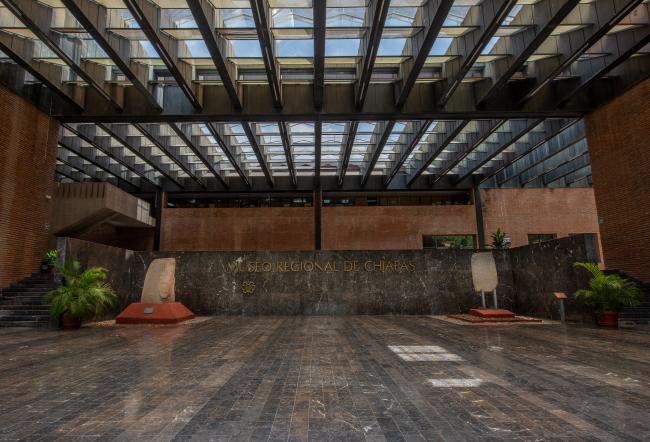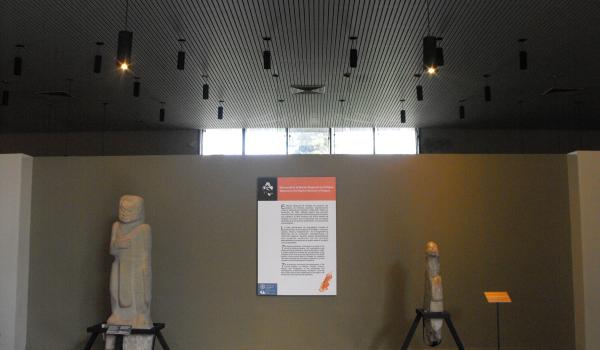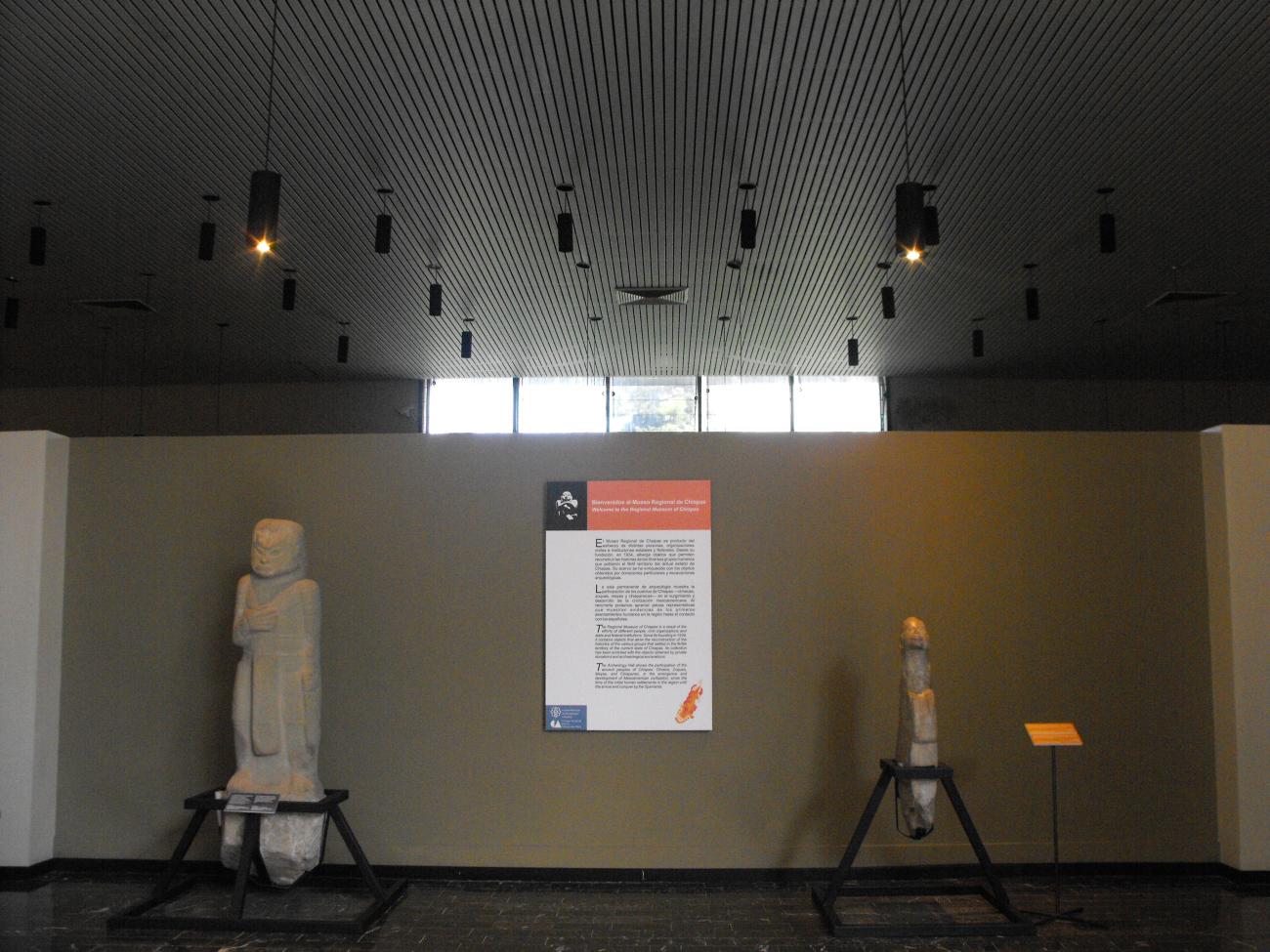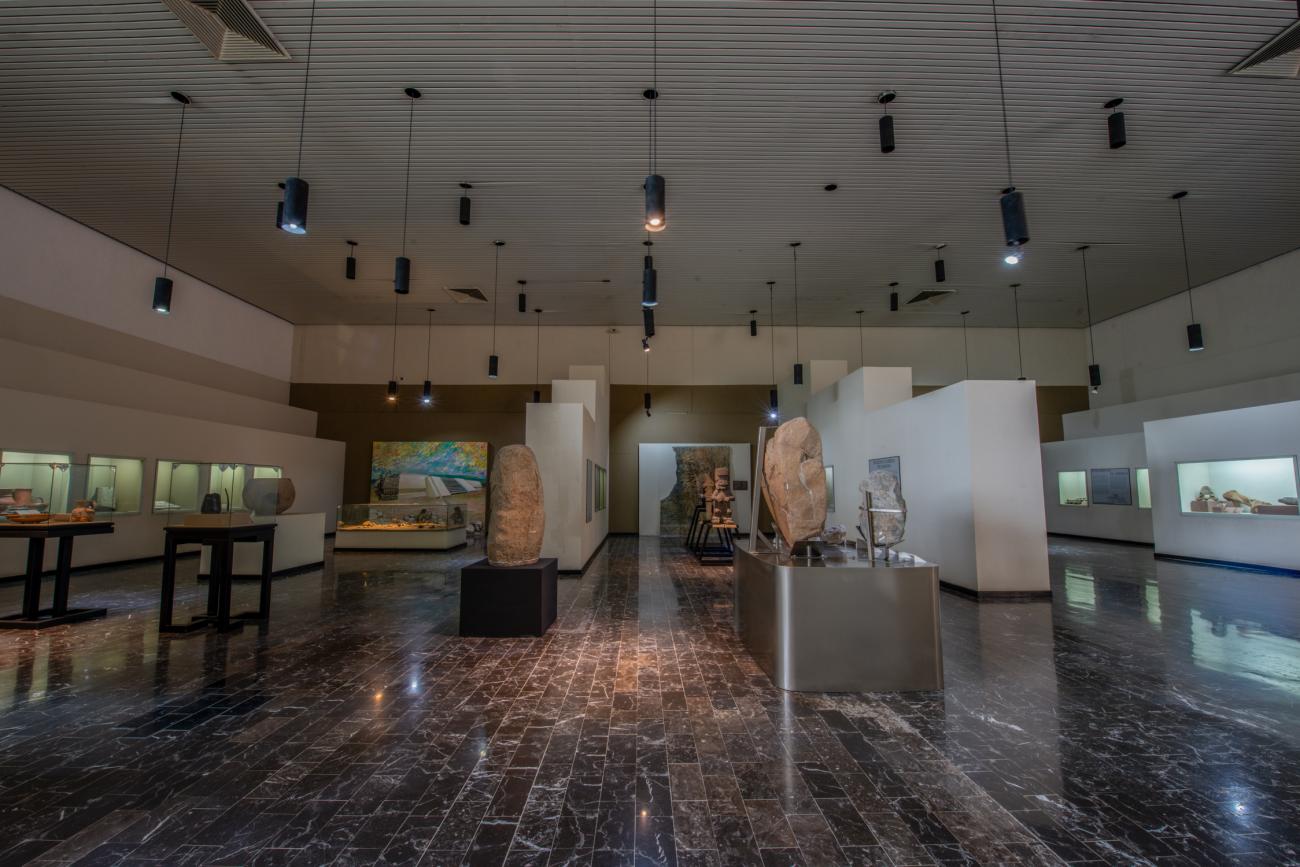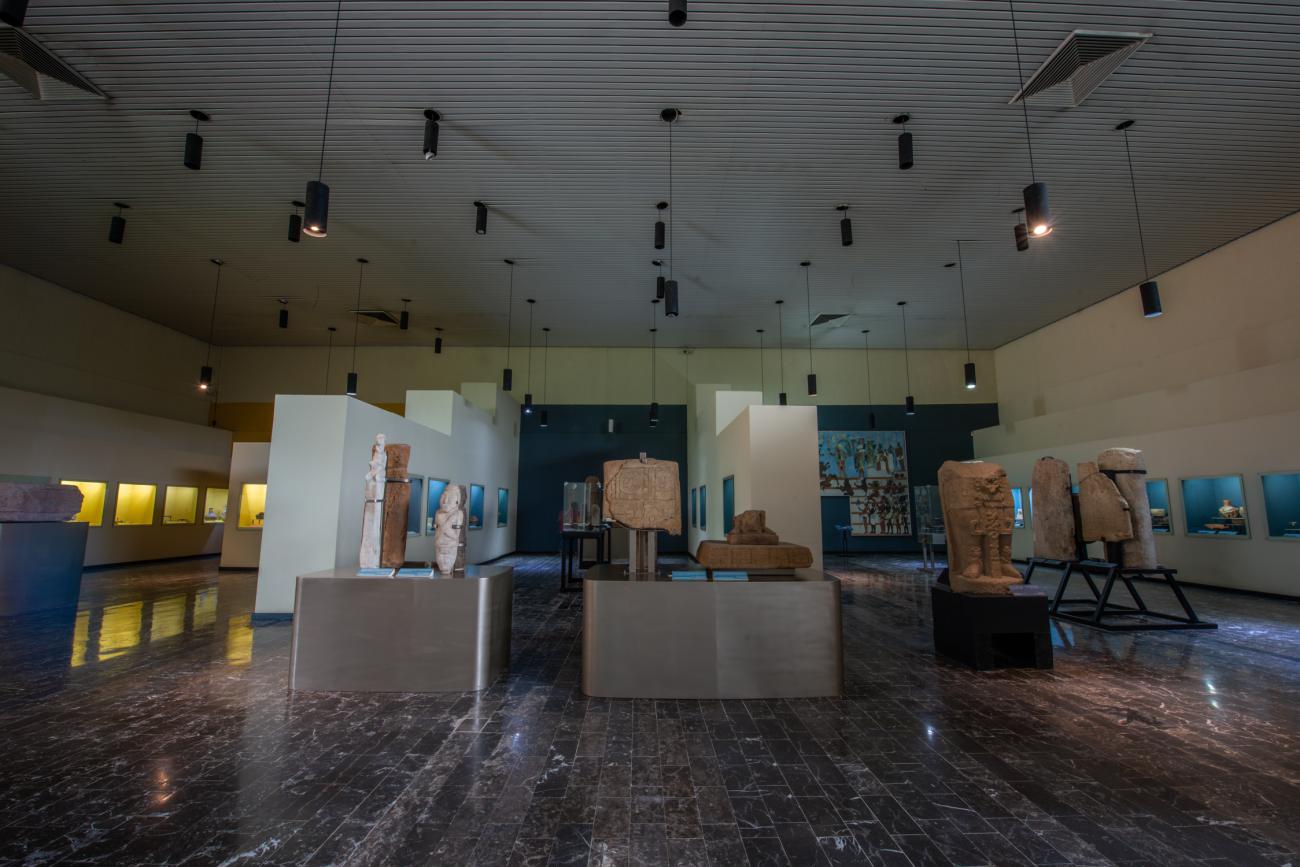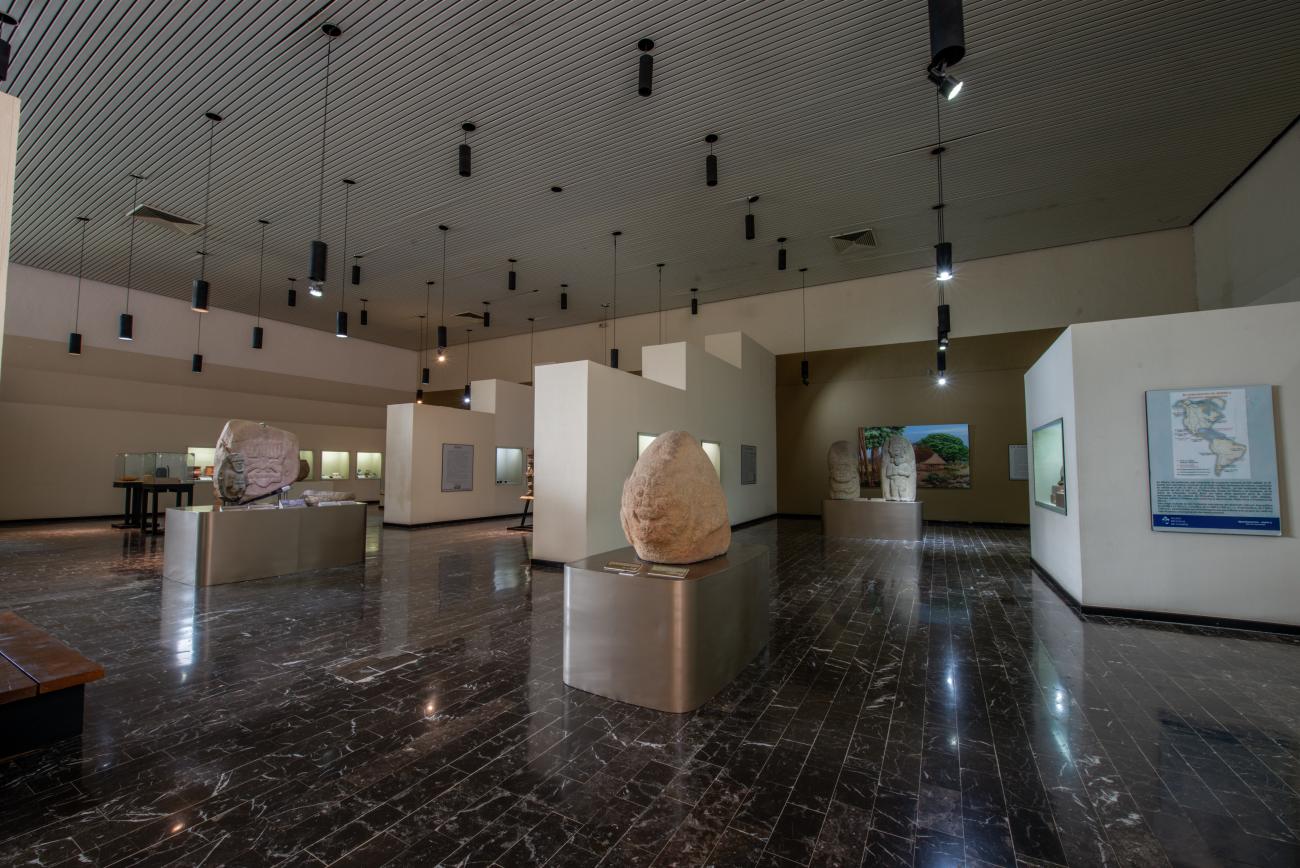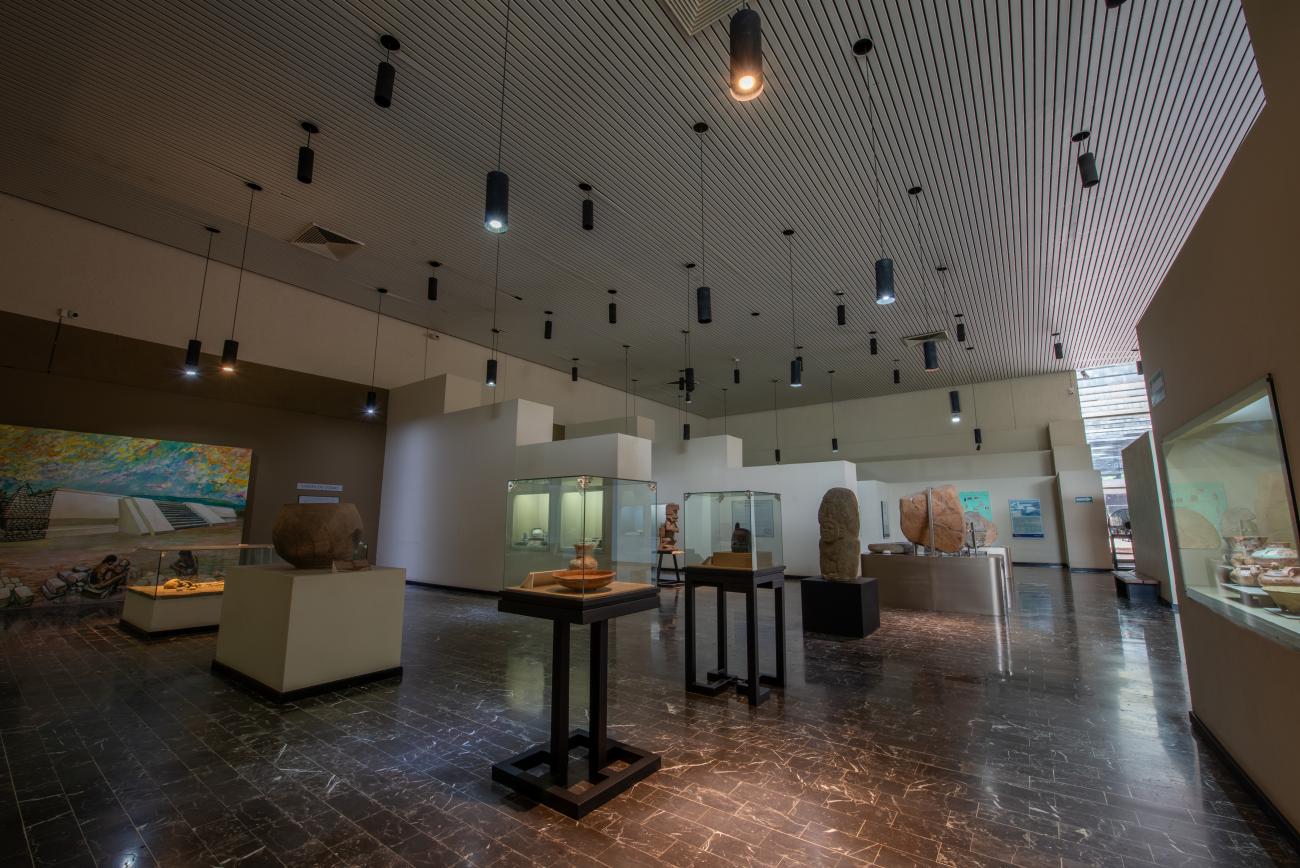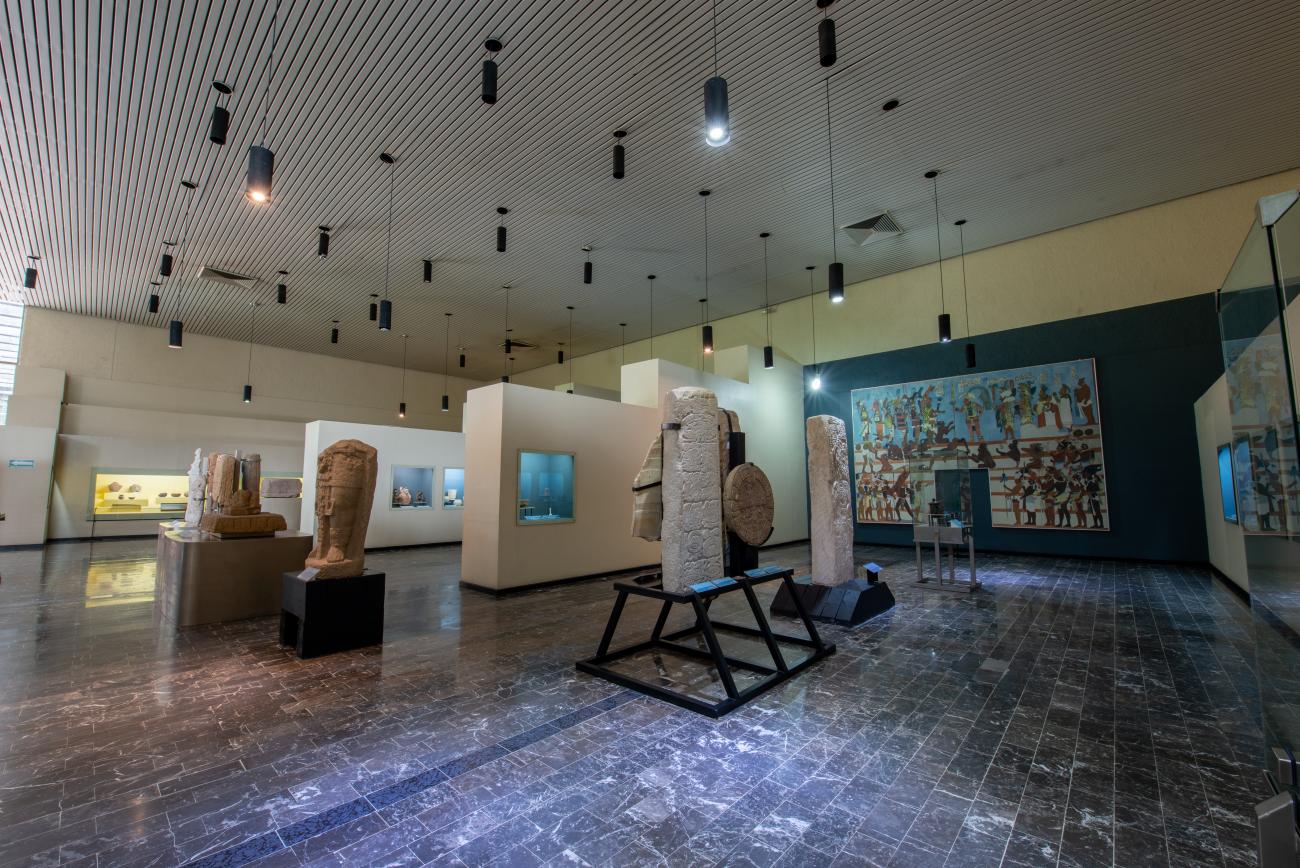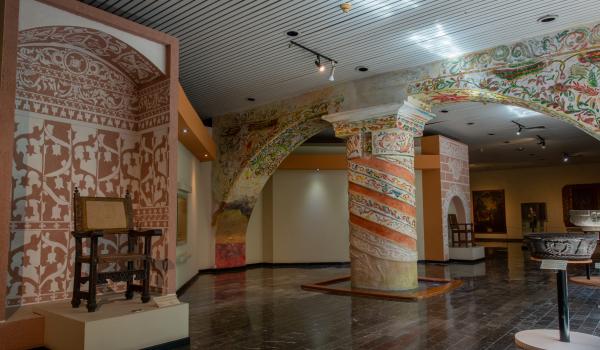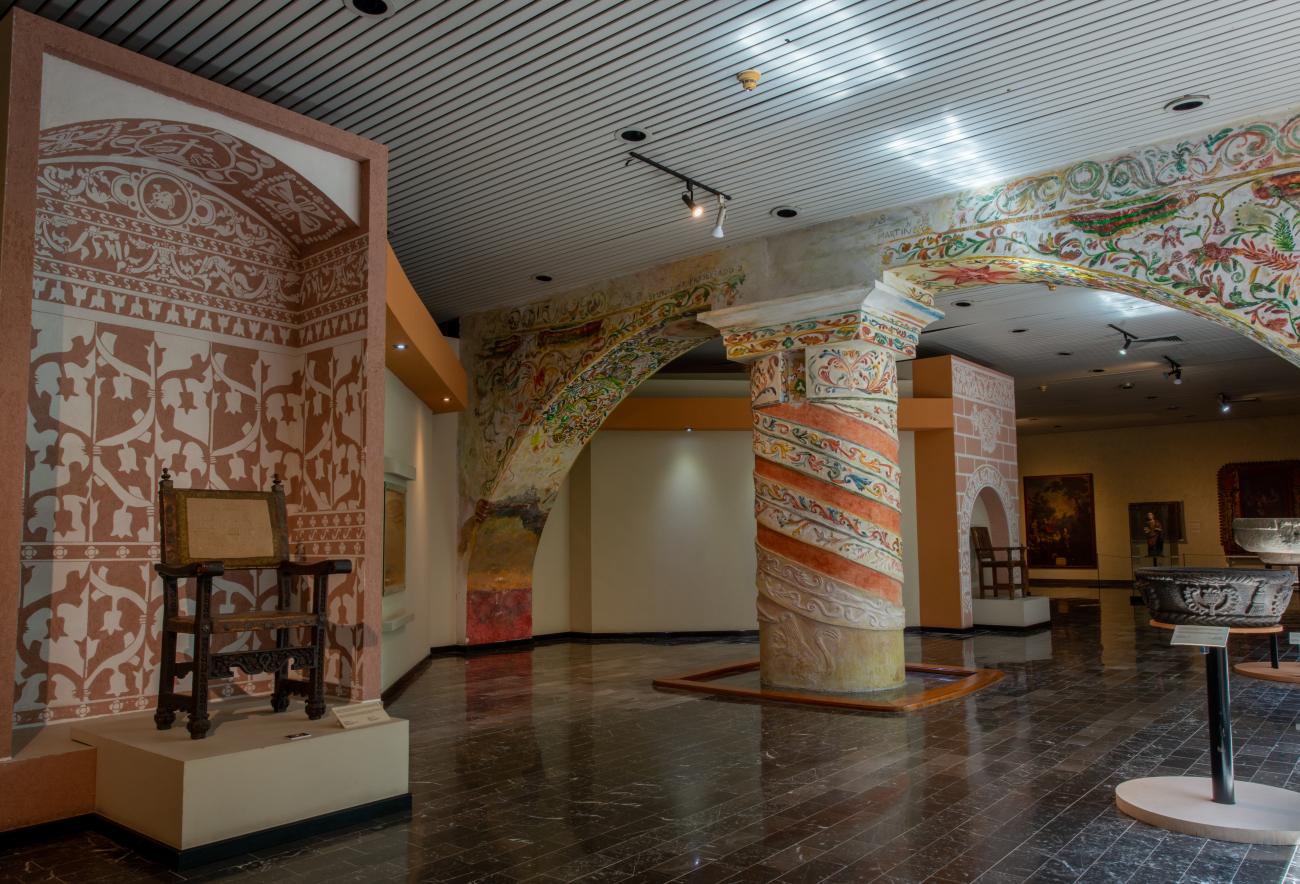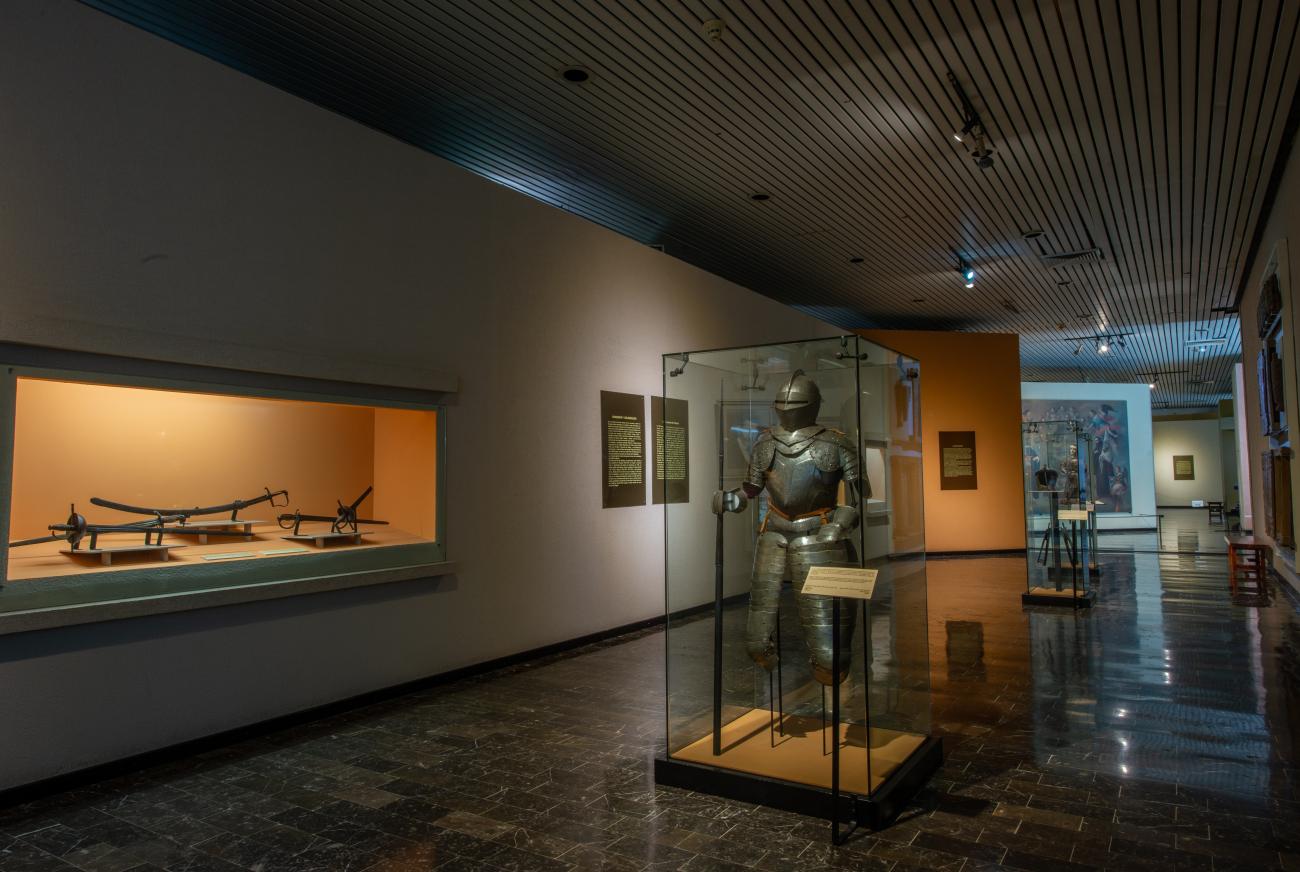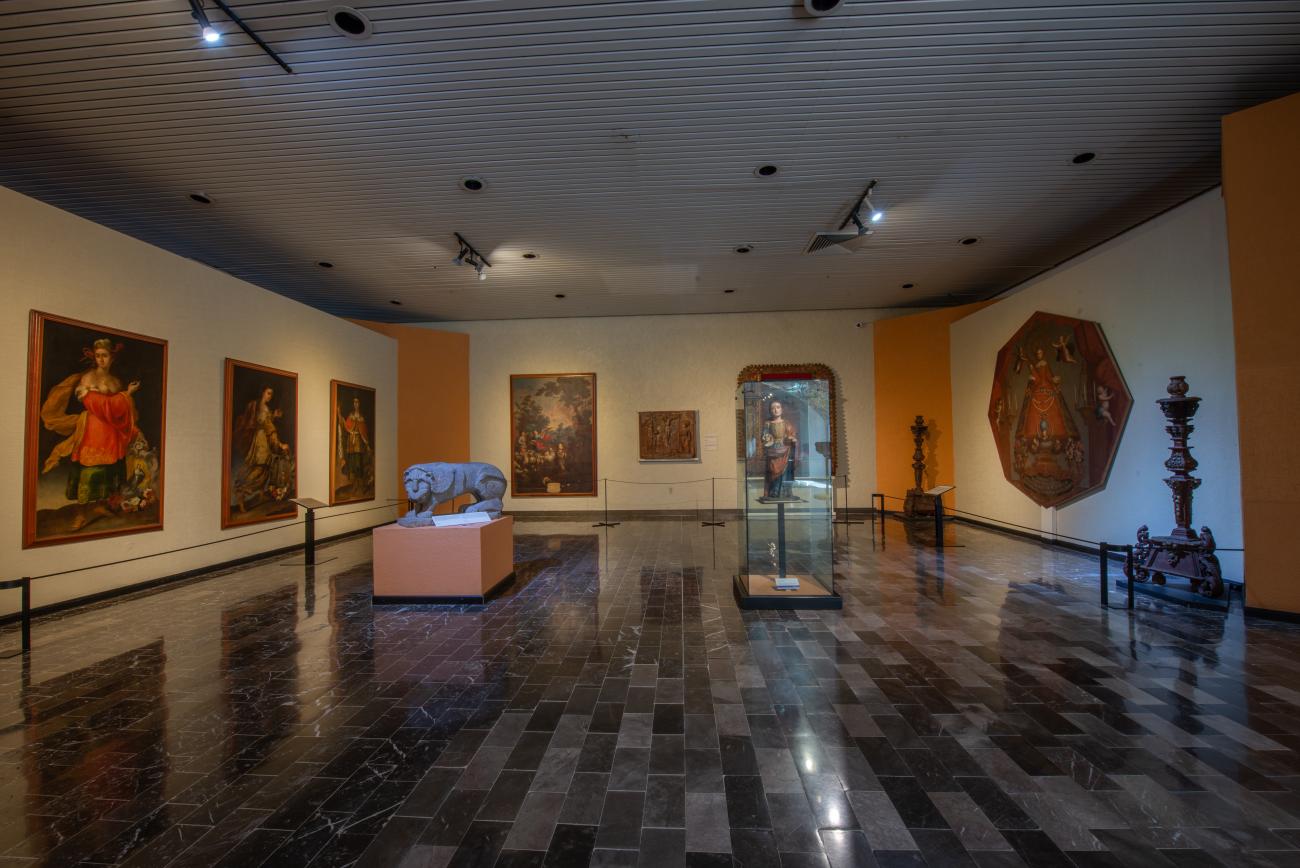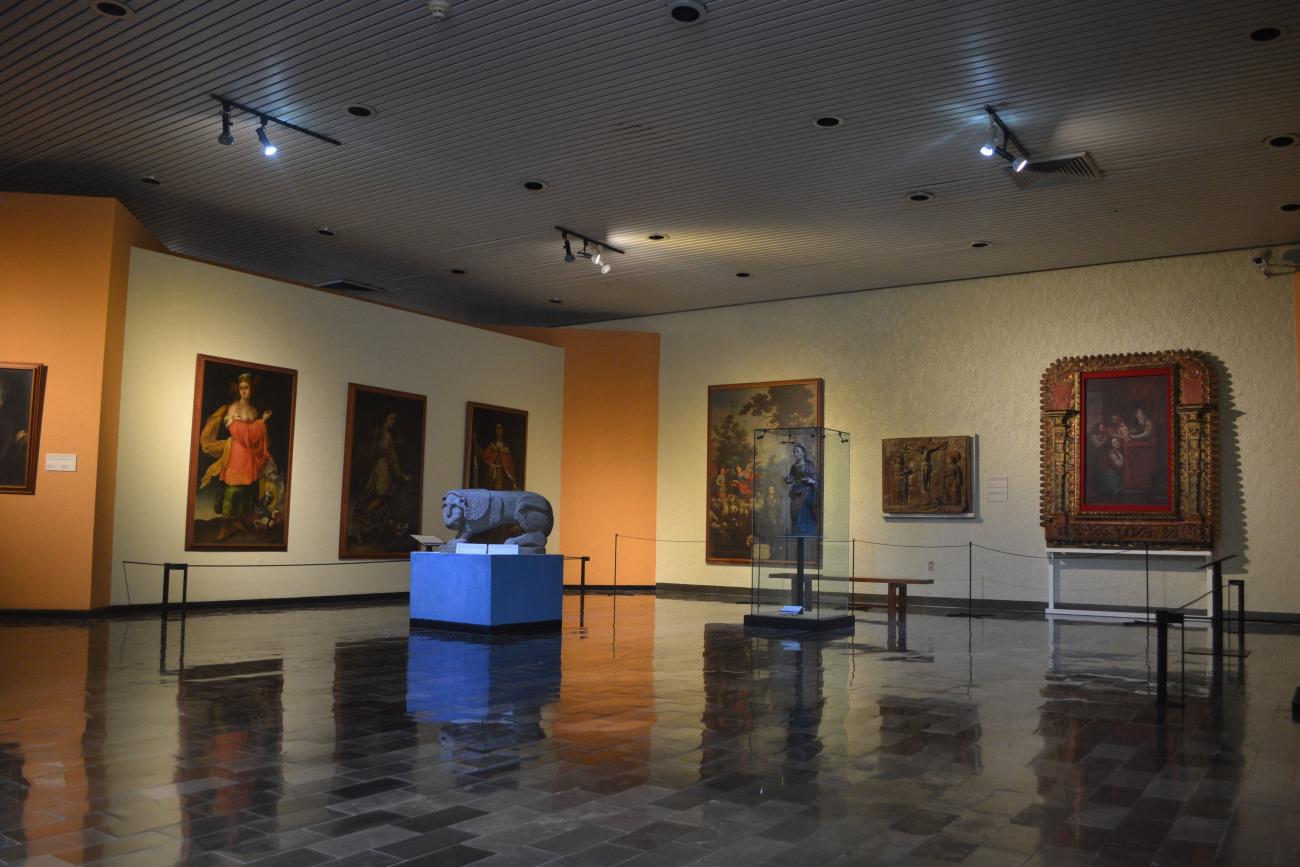The Archaeology gallery of the Regional Museum of Chiapas features a representative collection of objects crafted by the Indigenous peoples of the state during pre-Hispanic times: the Olmecs, Zoques, Mayas, and Chiapanecas.
Archaeological research indicates that the first inhabitants of Chiapas settled in caves in the central region of the state around 8000 BCE. Along the Soconusco coast, they began practicing agriculture and invented pottery by 2000 BCE.
By approximately 1200 BCE, the ancient Zoques were living in large villages, and their leaders had established connections with the Olmecs from the Gulf of Mexico region (present-day Veracruz and Tabasco). Greenstone Olmec artifacts have been found in Ocozocoautla, San Isidro, and Chiapa de Corzo, Chiapas.
Maya cities such as Palenque, Yaxchilán, and Bonampak were founded around 200 BCE and reached their peak between 600 and 900 CE. These cities were known for their architecturally planned layouts, colorful stucco decorations, and numerous inscriptions detailing religious ceremonies and key events in the lives of their rulers—births, marriages, enthronements, wars, political alliances, and deaths. Most of the cities were abandoned in the 9th century, although some, like Toniná, Tenam Puente, and Lagartero, remained inhabited for another 200 years.
Another important culture in the state was that of the Chiapanecas, who arrived around the 6th century CE and settled in the former Zoque city of Chiapa de Corzo, which they transformed into the capital of a large conquered territory. They lived among other native groups such as the Zoques and Mayas.
Thus, the Archaeology gallery covers periods from prehistory to the Postclassic, marked by the fall of the major Maya cities after 900 CE and the fragmentation of regional populations into small, socially, politically, and religiously disconnected communities.
The exhibit includes mastodon fossils, ceramics, stone sculptures, domestic and personal ornaments, stelae, reproductions of mural paintings, textiles, and other valuable artifacts.















